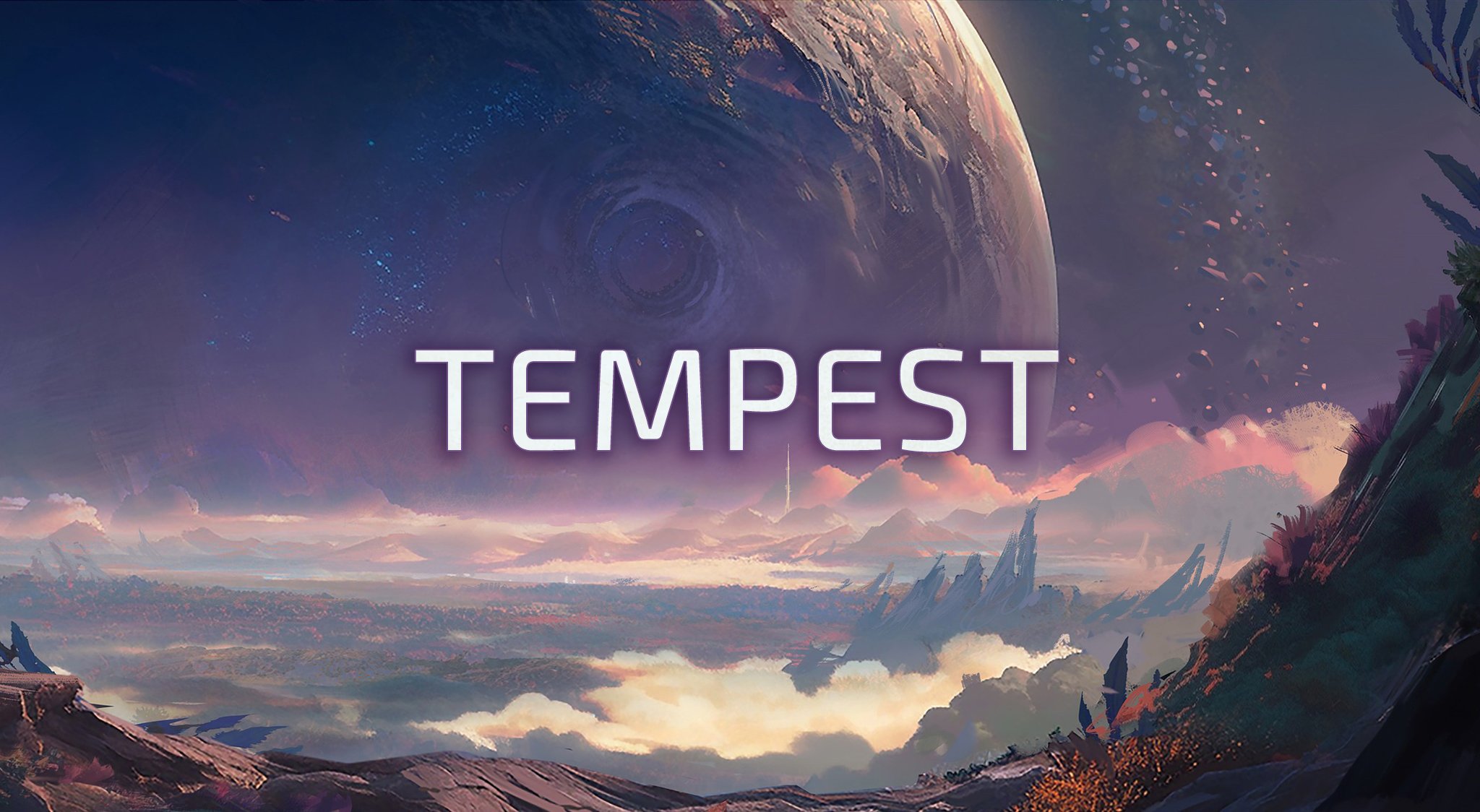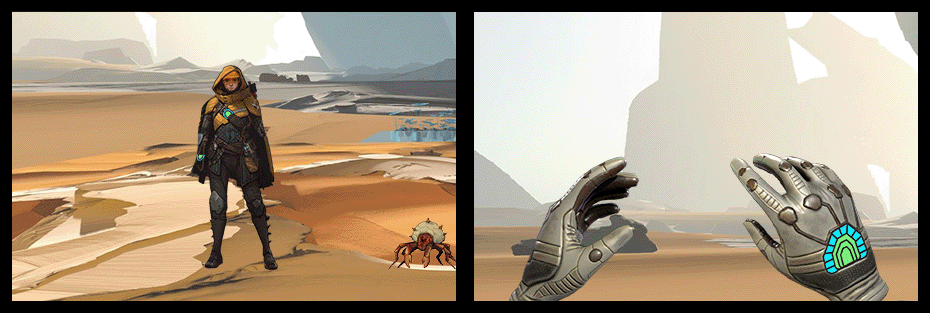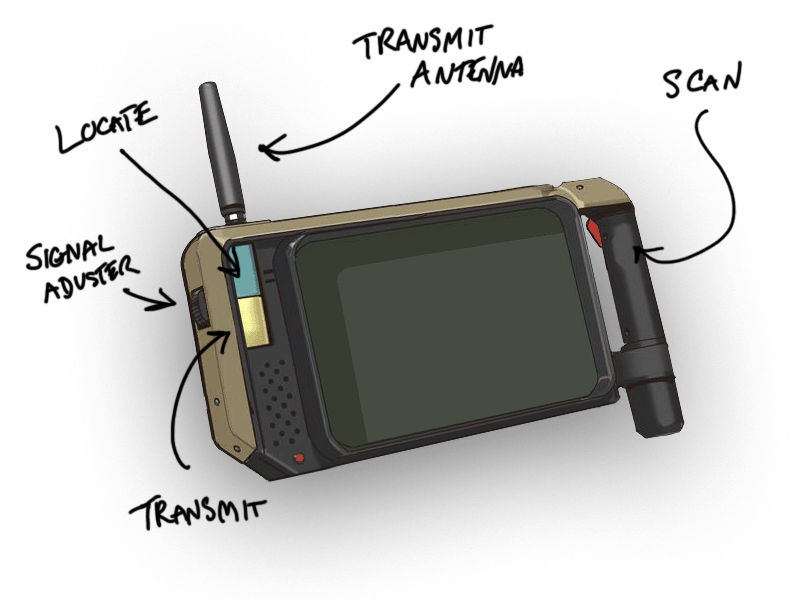
UX Research
The research I conducted during pre-production of the unannounced co-op shooter Tempest created a solid foundation for how to solve UX problems and also spurred healthy discussions for game systems in development. Ultimately, this work helped me identify and spell out recommendations that lead to the creation of UX Design Pillars.
Credit: Owen Kim (Concept Art)
Player Health States
Mural Board Presentation: Player & Enemy Health States
To maintain immersion and not break the player out of the world, the player needs an intuitive and simple way to understand their health. The other challenge is making sure that enemy attacks in VR do not make the player feel uncomfortable or sick. My recommendations seek to create the balance between both and provide a template for success.
These storyboard frames show health states of a player at full health, single hit, half health, and low health.
Enemy Health States
Mural Board Presentation: Player & Enemy Health States
One of the first enemies experimented with different types of materials that were vulnerable or invulnerable to specific weapon attacks. With a complex lock and key game design, the player needs all manner of “tells” whether or not they are being successful. This includes the 3D model, haptic feedback, HUD, audio, etc.
My research guided the 3D team to prototype colorful diegetic weak points that signal where the player needs to attack.
Credit: Scot Andreason (3D model, textures, materials)
Status Effects
Mural Board Presentation: Status Effects
Immersion in the game world is the special magic that VR games provide in contrast to console games. The research covered all manner of “Status Effects” to understand and discover the right balance for the UX/UI in Tempest.
Meta Health
Diegetic Health
Character Reactions
Sanity
Down State
Fictional Self-Revivial
Low Health Flash
Weak Points
Destructibles
Phase, Stage Change, Music Change
Callouts
Example from Uncharted: Meta UI communicates both damage and the direction it was received
UI Pre-production
Being the sole member of the UX/UI team on a brand new IP, I started the project by asking questions about the game’s story, setting, characters, etc. I wanted to know what type of character the player is, what type of civilization they live in and what is their relationship to technology? Worldbuilding doesn’t exclude the UX/UI, it is directly part of it!
In order to expedite my unanswered questions I mapped a timeline of fictional technology starting with the 1940’s to the far flung future. Was our technology like the movie 1984 with clunky, analog displays? Or was it the complete opposite with fancy holograms and touchscreens like in Ironman? We eventually landed on technology akin to what is seen in Star Wars.
A section of the UI reference Mural Board
Mini-Mood Boards
My approach to this series of mini-mood boards was imagining what technology the citizens of Tempest would use. Would the technology (and UI) be on an executive’s high-end luxury console or a durable handheld that a construction worker could throw in the back of a pickup truck.
“Stratos” - Middle-class tech
"Hermes" - Industrial tech
"Speedwell" - Cheap tech
"Alkatron" - Security tech
"Bauer" - Military tech
"Monolith" - Luxury tech
HUD Block-Out Prototype
Design had many outstanding questions about how immersive Tempest would be and where the UI information would live. To get answers quickly, I wrote a script of HUD-related use cases, performed it in VR and created temporary UI in After Effects to sync to my performance.
While it’s not glamorous, it drove further discussions about the UX/UI.
The “Scanner” Pitch
Google Doc: The Scanner
With gameplay still evolving it afford an opportunity to pitch ideas related to handheld UI and offer up something new besides blasting monsters! Riffing off of the Western motif of a divining rod, the scanner would be used to find veins of alien “Ethergy” while exploring the planet. It would create a low intensity loop that could be mixed with or without combat The idea also expands to tracking down creatures, lost NPCs, etc.
The function breakout for the Scanner showing how the Quest controllers are use
Credit: Mike Sekowski (Concept art)










